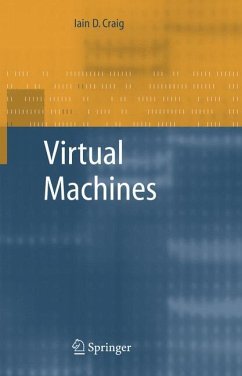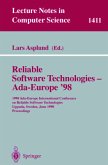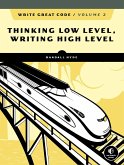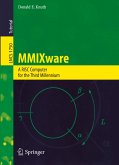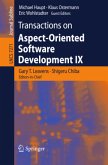I love virtual machines (VMs) and I have done for a long time.If that makes me "sad" or an "anorak", so be it. I love them because they are so much fun, as well as being so useful. They have an element of original sin (writing assembly programs and being in control of an entire machine), while still being able to claim that one is being a respectable member of the community (being structured, modular, high-level, object-oriented, and so on). They also allow one to design machines of one's own, unencumbered by the restrictions of a starts optimising it for some physical particular processor (at least, until one processor or other). I have been building virtual machines, on and off, since 1980 or there abouts. It has always been something of a hobby for me; it has also turned out to be a technique of great power and applicability. I hope to continue working on them, perhaps on some of the ideas outlined in the last chapter (I certainly want to do some more work with register-based VMs and concur rency). I originally wanted to write the book from a purely semantic viewpoint.
From the reviews: "The author offers a unique insight into the building of virtual machines (VMs) for sequential, object-oriented and parallel languages, and uses comparisons of different VMs to provide practical examples on how to build VMs." (Stefan Meyer, Zentralblatt MATH, Vol. 1092 (18), 2006)

